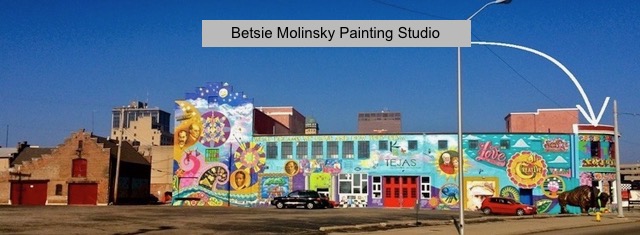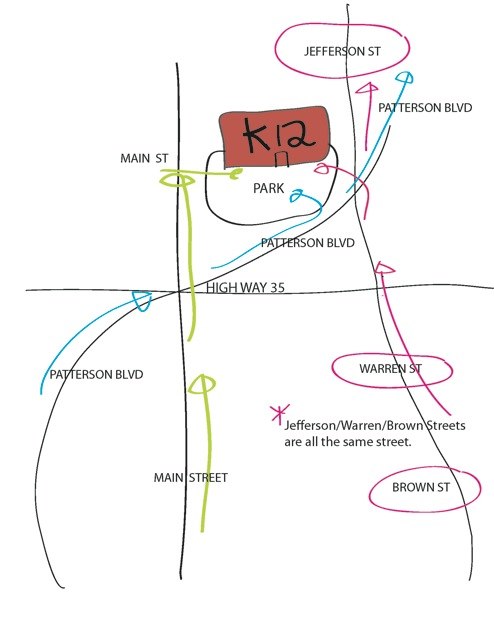
TEACHING
Learn to paint with the “Language of FINE ART” discussed between the modern masters at the turn of the century.
There is nothing new under the sun;
learning to understand structure and color relationships are the hallmarks of
strong painting no matter what your desired personal style.
You will come to understand how to “present” your ideas from your unique point of view
rather than simply “representing” what you see.
Private classes in my “studio space”
located in K-12 building,
(where Brown, Jefferson and Patterson come together).
341 South Jefferson Ave
Dayton Ohio 45402
call K-12 for an appointment 937-461-5149
call/text/studio: 937-409-0467
Some supplies will be available if you are a beginner. 3 day Workshops are available:
please text, call or email betsie@molinskypaintings.com for detailed information.
Painting with acrylic paint is the most affordable and safest medium.
How to find your authentic self in the act of painting:
My first message to my students is for each individual artist to find a way to work that is authentically theirs. Once you understand how your hand glides over the canvas, holding the brush correctly and allowing the free flow of energy to guide the hand in a natural way, expressing what thoughts come while in the process of discovery (based on an initial idea), you are on your way to being an artist. As we see possibilities emerge from an initial idea, other things visually happen that we would never have thought possible.
My second message is that a painting should be as personal and relaxed as the person who is painting it; our signature is a very personal mark on a surface that comes with the rhythm of our hand as it freely glides across the surface. Once we agree on this basic premise, the student can then progress to the idea of structure based on the eye needing to travel the entire area, edge to edge with equal importance given to every inch of the surface of the painting; there is no foreground and background… only one flat plane that is woven like a thin cloth with color setting immediately on top of or under the color next to it. The painting must stand tall and stand the test of time. That is why we can look at the masters’ paintings over and over again and keep going back; these paintings have stood the test of time for good visual (structural) reasons.
My third message is to master the idea of “color relationships” and the “visual effect” each mark has on the other. When we place the first mark (or color) we then add another mark (or color). The profound effect of the second on the first mark is then responded to and considered; then a third mark is made which then affects the first two marks (or color). From that point on, we are responding to what we see and the fourth mark is made as a response to the first three marks; on and on it goes until a painting finds its voice and the painting is completed. It really is just as simple as that.
After studying for 18 years what the masters were doing (the language they were speaking to each other literally and visually), I was set for a life of exciting “mark/art making”. Because there is no preconceived end when I start a painting, the process of discovery is so packed with energy that I am never bored: I just keep painting with ideas that come with each moment of discovery, never knowing the outcome until I see that there is not one more thing to do that would make my painting better. It is important not to paint with the clock ticking; a painting can only be done when the painting “says it is done”.That could be one day, one month or one year. We are at the mercy of the art gods who infuse our brains and test our patience until we say AMEN or maybe UNCLE!
LOCATION : Directions to the K12 Tejas Building.
Brown St. & Patterson Blvd. & Main St.
lead to the K12 Tejas Building.
